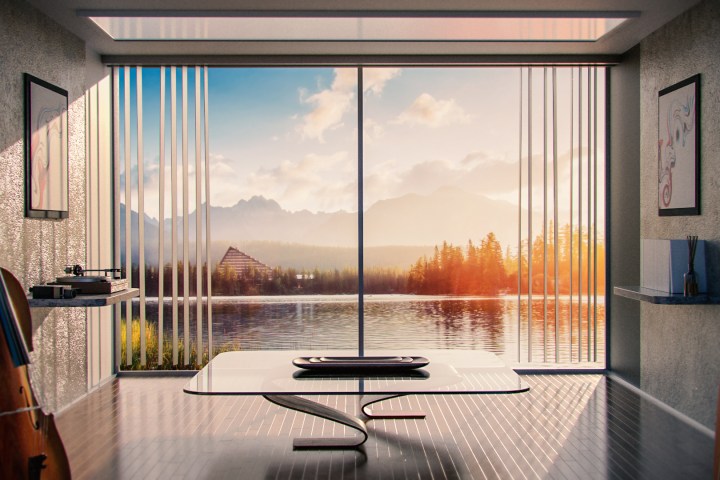
Earlier versions already gave Project Felix the ability to add lighting effects such as reflections and directional light to make an added image look like it belonged in the original scene. With the latest update, however, the program can now automatically detect a scene’s lighting and re-create that look for the new object.
The program was built from a convolutional neural network, a form of artificial intelligence inspired by the way actual neurons in the body works. The artificially intelligent feature is able to create a more realistic image by replicating the original light, Adobe explains.
For example, even if the sun isn’t actually part of the image, the system can identify which direction the sun is coming from, then re-create that light on any objects added to the scene. The result is that when 3D objects are placed inside a 2D image, the object looks like it has always been there, since the light matches the rest of the objects in the scene.
“Historically, the lighting tool in Project Felix has been mostly an image-based technique to relay the light from an image,” J. Eisenmann, an Adobe computer scientist, said in a blog post. “In this update we’re looking at the image, and we’ve trained some convolutional neural networks to actually reproduce physical lighting for a scene.”
Along with the enhanced lighting algorithms, the update includes a user-friendly bookmark feature. As a 3D program, designers can view their creation from any number of angles — the bookmark tool simply serves as a way to save a favorite view or “camera” angle. With bookmarks, it’s easier to see how a change looks from specific angles, making it easier to compare the before and after result.
The update, Adobe says, is the result of user feedback from the program’s beta testing. Project Felix is a program that’s designed to allow users without previous 3D experience to design beyond the typical two-dimensional document.
“3D is like a playground,” Justin Patton, Project Felix’s art director, said. “You have this world of objects and materials that all interact together. You constantly come across new and interesting things that you didn’t even set out to create initially. With Project Felix 0.3, there are so many opportunities for experimentation and discovery. I think we’ll start to see new types of art being created, and that’s the reason we do what we do.”
The beta version of Project Felix is available with Adobe’s Creative Cloud subscriptions.



